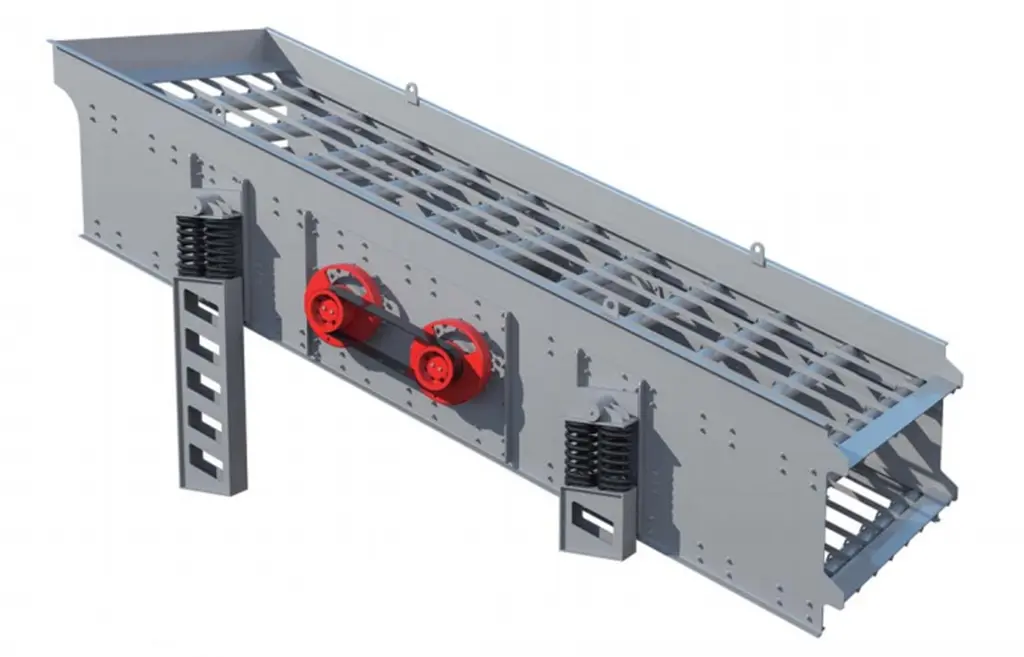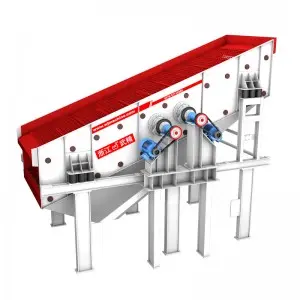Mining vibrating screen is an important equipment in mining, coal, chemical, construction and other industries, mainly used for material screening, classification and desliming operations. As the core part of the vibrating screen, the screen surface directly affects the screening efficiency, production capacity and material handling quality of the vibrating screen. Therefore, the reasonable selection of the screen face is of great significance in improving the overall performance of the vibrating screen. This paper will discuss in detail the key points of selecting the screen surface of mining vibrating screen from several aspects.
First, screen surface selection elements
1. Screen size
The sieve size is the key factor to determine the size of the sieve. The selection of sieve size should be based on the maximum particle size of the material and the required product particle size. If the screen is too large, the fine-grained material cannot pass through the screen, and if the screen is too small, it may be blocked, affecting the screening efficiency. In practical applications, the appropriate screen size should be selected according to the material characteristics and process requirements.
2. Mesh number
The density of the screen, the number of mesh screens, refers to the number of screens per inch of mesh. The higher the mesh number, the smaller the sieve, and the smaller the particle size of the material passed through. The selection of mesh size should be based on the size range of the expected screening product and screening efficiency requirements.
3. Screen tension
The tension of the screen has a great influence on the screening efficiency. Lack of tension will lead to screen slack, screen hole blockage, poor material layering effect; If the tension is too high, it may damage the screen and shorten the service life. Therefore, it is very important to control the tension of the screen reasonably.
Second, screen surface material analysis
1. Metal mesh
Metal mesh is one of the most commonly used screen surface materials, because of its strong wear resistance, high temperature resistance, simple structure and popular. Common metal screens are stainless steel, low carbon steel, aluminum alloy and so on. Metal screen is suitable for screening materials with higher hardness, but its corrosion resistance is poor in the face of corrosive media.
2. Polyurethane
Polyurethane screen surface has good wear resistance and corrosion resistance, suitable for screening high hardness, high corrosion materials, such as some chemical raw materials and metal ores. The soft polyurethane screen surface can effectively reduce the friction between the material and the screen surface, and reduce the noise and vibration of the vibrating screen.
3. Special plastic
Some special plastic material screen surface, such as nylon, polycarbonate, etc., is also often used for screening special materials. This kind of screen surface is lightweight, corrosion resistance is good, the cost is relatively low, suitable for screening light, corrosive materials.

Post time: Mar-28-2025

